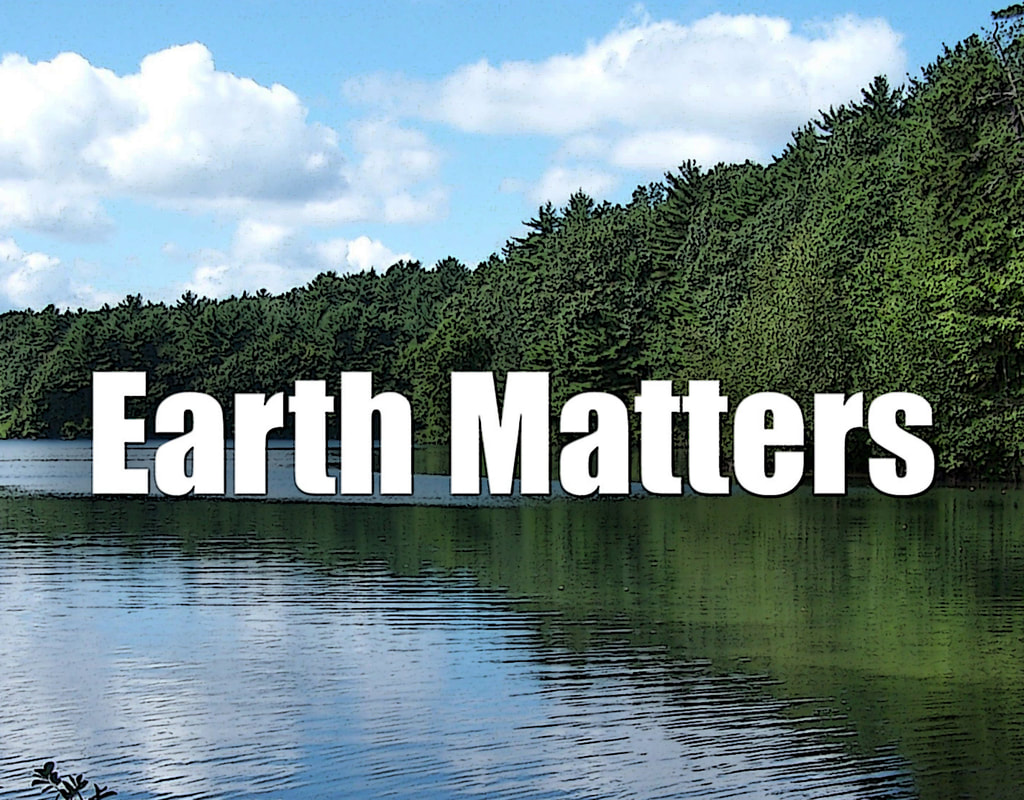|
The United States National Park Service began its 100th anniversary celebration this summer and it gives us an opportunity to reflect upon both its past and future. Many of us have indeed been touched or inspired by at least one special place in the park system. Some have been fortunate enough to have been impacted by several dozen.
Though the Park Service was established in 1916, nine National Parks predate formation of the agency. The oldest, Yellowstone National Park, dates back to 1872. The Park service now oversees 413 units, including 59 National Parks; 114 National Monuments and Memorials; 154 National Historic Sites, Parks and Battlefields; 29 National Seashores, Lakeshores and Rivers; and 19 National Preserves. They are not only diverse in their nature and focus, they vary greatly in size as well. Some of the National Monuments and Historic Sites are less than an acre, while Yellowstone, Death Valley and six Alaskan parks and preserves encompass more than two million acres. Regardless of size or location, many Park Service sites share common challenges, both now and in the future.
Writer and environmentalist Wallace Stegner observed thirty years ago that "National parks are the best idea we ever had." Like other good ideas, it's clear we need to work hard to keep this one alive. You can read more about the anniversary by visiting the National Park Service.
0 Comments
Your comment will be posted after it is approved.
Leave a Reply. |
|
|
All Original Material - Copyright © - All rights reserved. No part of this site may be used without written consent. Email John with questions.
Site Powered by Weebly. Managed by Brush Mountain Media LLC. |
© COPYRIGHT
2010-2023. |

